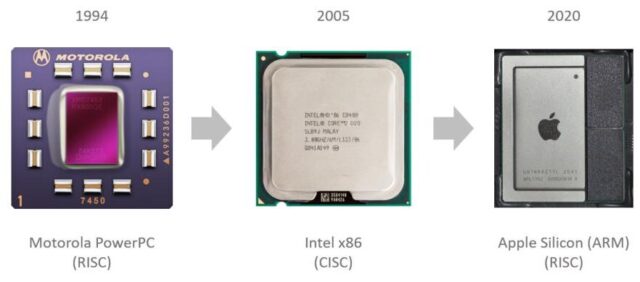The Complete Guide to RISC-V Architecture and Applications

About Course
Unlock the future of computing with The Complete Guide to RISC-V Architecture and Applications—a deep dive into the open-source instruction set architecture that’s revolutionizing modern hardware design. Whether you’re an aspiring computer engineer or a seasoned developer, this course takes you on a hands-on journey from the roots of RISC-V to its cutting-edge applications in AI, IoT, and quantum computing. Explore how the simplicity and modularity of RISC-V enable innovations in embedded systems, hardware design, and beyond—while gaining real-world skills through simulations, coding exercises, and case studies.
Through an engaging mix of theory and practice, you’ll learn how to program in RISC-V assembly, implement RISC-V designs on FPGAs, develop embedded systems, and compare architectures like x86 and ARM. You’ll also gain insights into the global RISC-V ecosystem and its growing role in academia, industry, and emerging computing paradigms. Whether you’re building your first embedded project or researching future processors, this course will empower you with tools to become part of the RISC-V revolution.
Course Content
Chapter 1: Introduction to RISC-V
History and Evolution of RISC-V
00:00RISC-V Design Principles and Advantages
00:00Open-Source Philosophy and Community
00:00